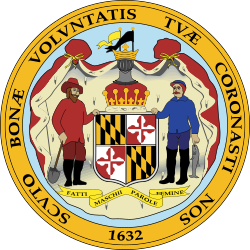| |||||||||||||||||
| |||||||||||||||||
The 1787 Maryland gubernatorial election was held on November 22, 1787, in order to elect the Governor of Maryland. Incumbent Governor William Smallwood was easily re-elected by the Maryland General Assembly as he ran unopposed. The exact results of this election are unknown. [1]

